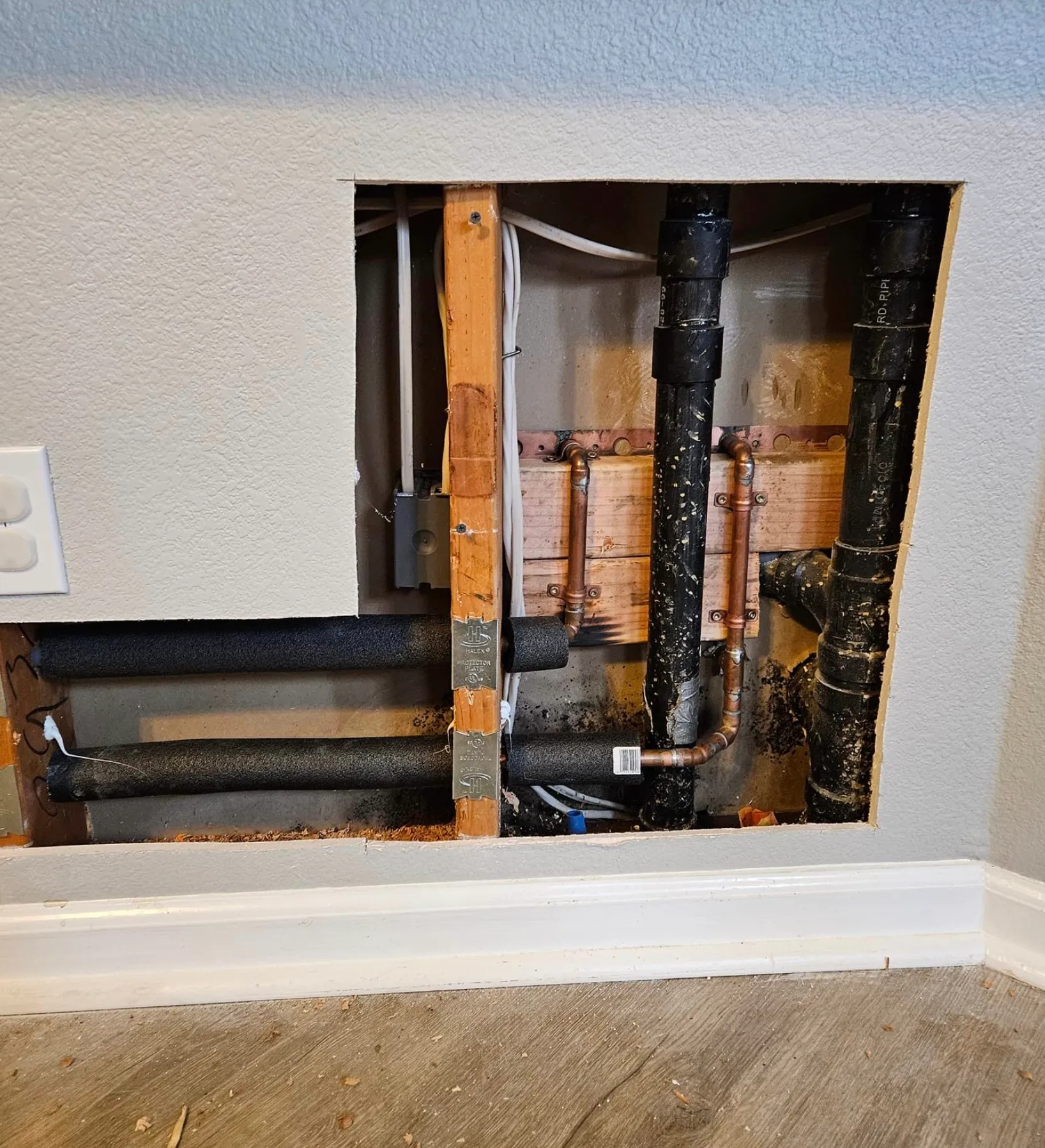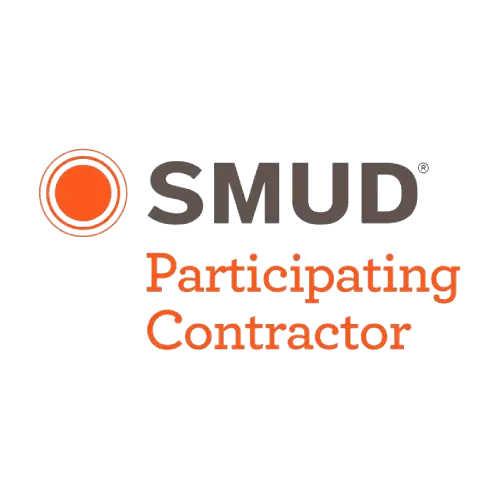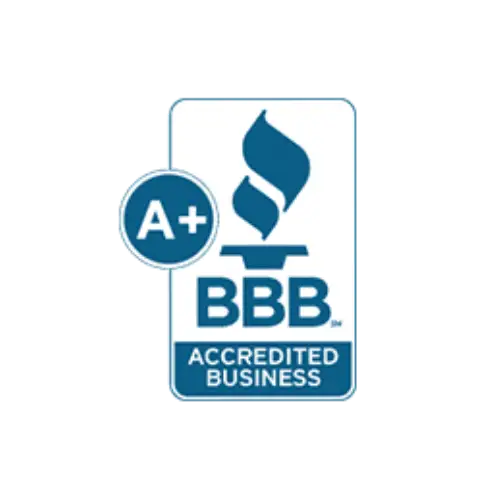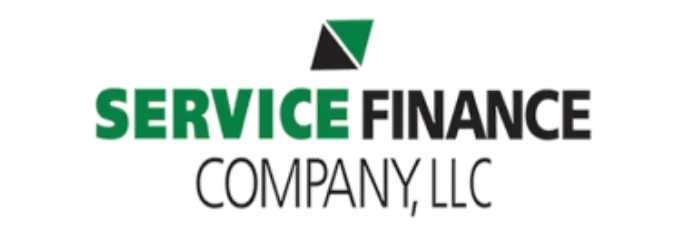Your home's plumbing system is one of the most critical infrastructure components you own, yet most homeowners don't think about it until something goes wrong. Unlike a leaky faucet or a clogged drain, the need for a complete repipe replacement is a more serious issue that requires professional attention and significant investment. Understanding the warning signs early can save you thousands of dollars in water damage repairs and help you avoid emergency plumbing situations that disrupt your daily life.
Repiping involves replacing your entire plumbing system- including all the pipes, valves, and fixtures that deliver water throughout your home. It's not a quick fix or a patch job. It's a comprehensive solution for aging, corroded, or failing pipes that can no longer safely and efficiently deliver water to your home. The good news? There are clear warning signs that indicate when repiping has become necessary, and recognizing them early gives you time to plan and budget for the work ahead.
Understanding What Repiping Actually Means
Before diving into the warning signs, it's important to understand what repiping entails. Repiping is the process of removing your old plumbing system and installing new pipes throughout your home. The old pipes- often made of galvanized steel or polybutylene- are completely removed and replaced with modern materials like copper or PEX (cross-linked polyethylene).
This is different from a simple pipe repair. When you repipe, you're essentially giving your home's plumbing system a complete overhaul. The plumber will remove old pipes and install new ones, replacing any valves, fixtures, and appliances affected by the work. It's a significant undertaking, but it's often the most cost-effective solution when your plumbing system has reached the end of its lifespan.

Warning Sign #1: Low Water Pressure Throughout Your Home
One of the most common indicators that repiping may be necessary is a noticeable drop in water pressure. If your showers feel weak or your faucets produce only a trickle of water, corroded or clogged pipes are likely the culprit.
Low water pressure typically develops gradually over time. Sediment, minerals, and debris accumulate inside your pipes, restricting water flow. This problem is especially common in homes with galvanized steel pipes, which are particularly prone to corrosion and mineral buildup. What starts as a minor inconvenience- a weak shower- can eventually escalate into a major plumbing failure if left unaddressed.
The key distinction here is that the low pressure affects multiple fixtures throughout your home, not just one sink or shower. If only one faucet has low pressure, you likely have a localized issue. But if you're experiencing weak water pressure in your shower, kitchen sink, and bathroom faucets simultaneously, it's a sign that your entire plumbing system is compromised.
Warning Sign #2: Discolored or Rusty Water
When you turn on your tap and rusty or brown water comes out, that's a red flag that your pipes are corroding from the inside. This discoloration is often more noticeable in the morning or after periods when water hasn't been running, as rust particles settle in the pipes.
Rust-colored water indicates that iron in your pipes is oxidizing and mixing with your water supply. Beyond being unpleasant to look at, this water can stain your fixtures, clothing, and dishes. More importantly, it suggests that corrosion is occurring throughout your plumbing system, not just in one isolated section.
If you notice this issue, don't ignore it. Pipe corrosion can introduce harmful contaminants into your water supply and affect its quality. In some cases, the discoloration may be temporary and related to sediment in the water main, but if it persists, repiping is often the only long-term solution for clean, safe water.
Warning Sign #3: Frequent Leaks in Multiple Locations
While a single leak under the sink can usually be repaired without major intervention, frequent or simultaneous leaks in different areas of your home are a serious warning sign. If you find yourself constantly calling a plumber to fix leaks in various locations, your pipes are likely deteriorating throughout the system.
Persistent leaks indicate that your pipes are old, worn out, or damaged. Look for visible water damage, damp spots, and mold growth as signs of ongoing leaks. These issues can lead to significant water damage, increased water bills, and health risks from mold and mildew.
Here's the reality: repeated patchwork repairs often end up costing more than a complete repipe in the long run. If your plumbing system is over 50 years old and you're dealing with multiple leaks, it's time to seriously consider repiping.
Warning Sign #4: Visible Corrosion on Exposed Pipes
Take a look at any exposed pipes in your basement, crawl space, or near your water heater. If you see rust, flaking, discoloration, or green or white deposits around joints and fittings, your pipes are deteriorating.
Visible corrosion is a clear indicator that your pipes are weakening structurally. Corroded pipes are more susceptible to leaks, bursts, and contamination of your water supply. The deposits you see around joints often indicate mineral buildup from corroded pipes, which is a sign that corrosion is occurring throughout your system.
If some pipes look corroded, it's likely that others are in similar condition and should be inspected by a professional. Don't wait for a pipe to burst. Proactive inspection and repiping can prevent emergency situations and costly water damage.
Warning Sign #5: Strange Noises, Odors, or Tastes in Your Water
Your plumbing system shouldn't sound like a percussion instrument. If you hear clanging, rattling, or knocking sounds when using water, it may indicate air in the pipes or deterioration that's disrupting smooth water flow. These unusual sounds are often a warning sign that pipes are under pressure or misaligned.
Similarly, if you notice strange tastes or smells in your tap water- such as metallic or musty odors- it often indicates deteriorating pipes. A foul odor coming from your pipes or drains could signal a clog or a deeper problem with your plumbing system.
These sensory clues shouldn't be dismissed as minor annoyances. They're your home's way of telling you that something is wrong with your plumbing infrastructure.
Warning Sign #6: Unexplained Water Damage or Stains
Cracks, sagging, or holes in unexpected areas of your walls, ceilings, or flooring may be linked to hidden pipe corrosion. Unexplained rust stains on walls, ceilings, or flooring are common in older homes and often indicate that pipes are failing behind the scenes.
Damp areas, musty odors, or water stains on your walls, ceiling, or flooring could indicate leaking pipes. Even small leaks can cause significant damage over time if not addressed early. These signs of water damage are often mistaken for structural issues, but they may actually point to a compromised plumbing system that needs repiping.
Warning Sign #7: Unexplained Spike in Your Water Bill
If you've noticed a sudden increase in your water bill that you can't attribute to increased usage, you may have hidden leaks. Old plumbing systems can develop cracks and splits that are small enough that you don't notice them, yet they create a continuous, unnoticed leak behind walls and above floors.
A water bill spike is often one of the first financial indicators that your plumbing system is failing. If you've ruled out obvious causes like a running toilet or a leaky faucet, it's worth having a professional plumber inspect your system for hidden leaks.
Warning Sign #8: The Age of Your Home and Its Original Plumbing
Perhaps the most straightforward warning sign is simply the age of your home and its plumbing system. If your home was built before 1960 and still has its original pipes, those pipes are very likely deteriorating. Even well-maintained plumbing can only last so long.
Different pipe materials have different lifespans. Galvanized steel pipes typically last 40-50 years. Polybutylene pipes, which were popular in the 1970s and 1980s, last around 25-40 years. Copper pipes can last 50-70+ years or longer. If your home is over 60 years old, repiping is often a smart and proactive investment.
If your San Jose home was built before the 1980s and still has its original plumbing, it's probably time for an inspection or replacement. Don't wait for catastrophic failure. Proactive repiping can prevent emergency situations and give you peace of mind.
Warning Sign #9: Persistent Clogs and Slow Drains
Occasional blockages are normal, but if drains across your entire home are consistently slow or clogged, it may indicate that aging pipes are deteriorating or damaged below the surface. Frequent clogs, especially across different drains, could mean it's time for a major upgrade.
Mineral deposits in aging pipes can cause blockages that resist traditional drain-clearing methods. If you're regularly reaching for the plunger or calling in a professional to clear your lines, it's worth investigating whether your pipes themselves are the problem.

When to Call a Professional for an Inspection
If you've noticed one or more of these warning signs, it's time to call a licensed plumber for a professional inspection. A plumber can assess the condition of your pipes and determine whether repiping is necessary or if targeted repairs will suffice.
During an inspection, a professional plumber may use video camera technology to examine the interior of your pipes and identify corrosion, cracks, or other damage. This diagnostic information will help you make an informed decision about whether repiping is the right solution for your home.
Understanding the Cost of Repiping
The cost to repipe a house varies widely depending on several factors. On average, homeowners can expect to pay between $2,000 and $15,000 for a complete replacement, with most homeowners paying around $7,500. However, costs can range from $1,500 to $35,000 depending on your specific situation.
Several factors influence the final cost:
Home Size and Layout - Larger homes with more extensive plumbing systems require more materials and labor hours, making them more expensive to repipe. For a 1,500 square foot home, repiping could cost anywhere from $4,500 to $12,000.
Pipe Material - The type of pipe you choose significantly affects cost. PEX piping ranges from $0.40–$2 per linear foot and is often the most affordable option. CPVC piping typically costs $0.50–$1 per linear foot. Copper piping is the most expensive, ranging from $2–$8 per linear foot.
Pipe Access - If pipes are challenging to access, like those under concrete or behind walls, costs increase significantly. Accessing pipes in crawlspaces or requiring drywall removal adds to labor costs.
Location - Different regions have varying labor rates and material costs. Metropolitan areas often have higher labor rates compared to rural locations.
Additional Work - Water main replacement ($600–$2,500), new water heater installation ($850–$1,750), and drywall repair ($300–$900) can add to your total cost.
The Long-Term Value of Repiping
While repiping is a significant investment, it can save you money and headaches in the long run by preventing further damage and increasing the value of your property. New plumbing systems improve water quality, increase water pressure, and eliminate the constant worry of leaks and water damage.
If you're considering selling your home, updated plumbing is a major selling point. Buyers are often willing to pay more for a home with modern, reliable plumbing than for one with aging pipes that may require expensive repairs.
Taking Action: Your Next Steps
If you've identified one or more warning signs in your home, don't delay. Contact a licensed plumber at Super Brothers to schedule a professional inspection. A plumber can assess your plumbing system's condition and provide you with a detailed estimate for repiping if necessary.
The sooner you address plumbing issues, the sooner you can prevent costly water damage and enjoy the peace of mind that comes with a modern, reliable plumbing system. Your home's plumbing infrastructure is too important to ignore- and the warning signs are too clear to miss.
Super Brothers Quality
Choose Super Brothers Plumbing Heating & Air because we use top-tier materials, deliver honest workmanship, and back every job with a real warranty. Our pricing is fair and transparent—no hidden fees, ever.
We pull the right permits, build to California code, and pass inspection. Our licensed, highly experienced team handles full plumbing and heating/air replacements and installations, so the job’s done right the first time.
- Top-tier materials
- Honest, quality service
- Workmanship warranty
- Fair, transparent pricing (no hidden fees)
- Permits handled; California code compliant; passes inspection
- Licensed & experienced in plumbing and HVAC installs




Refer Friends, Reap Rewards

Share our expert plumbing services with friends and family. For every successful referral, you earn cash rewards. Refer Now






